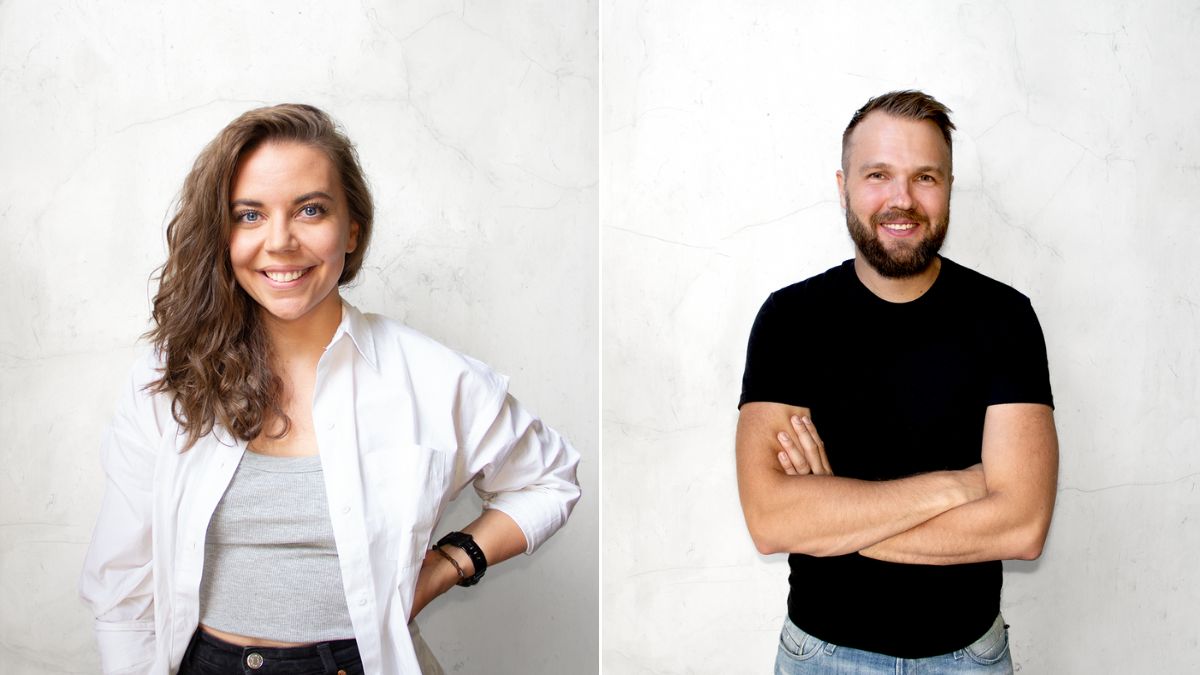Read next


Spacent is redefining how organizations manage workspace in the era of hybrid work. With one agreement and one service, companies gain access to 300+ offices across 24 countries – empowering teams to work flexibly and setting hybrid work policies, while reducing real estate costs, CO₂ emissions, and administrative complexity.
Used by leading enterprises in tech, consulting, and engineering, Spacent is the must-have tool for facility & workplace managers, HR and Business leaders building flexible, competitive, and responsible workplace strategies.
Co-Founders Eetu Ristaniemi, and Jatta Nemeth at Spacent comment: “From the very first discussion, Gorilla Capital saw Spacent not just as a workspace platform, but as essential infrastructure for the future of work. Their experience in scaling B2B SaaS and clear-eyed approach to growth makes them an ideal partner for our next chapter.”
Kirsi Vine-Haaparinne, Partner at Gorilla Capital Oy, comments: “Spacent is addressing a critical and global shift in how companies think about the workplace. Their product elegantly solves pain points in hybrid work — cost, control, and culture — in a scalable, future-proof way. We’ve been impressed by the team’s ability to learn and morph their execution based on that learning. Combined with their super-lean operating model and strong B2B traction, Spacent is a textbook later-stage camel: resilient, capital-efficient, and positioned for disciplined growth.”
In this funding round, we are investing alongside Lifeline Ventures and Halton VC, Redical Holdings AG and Morrow Portfolio Oy, who are also backing Spacent’s next growth phase.
Spacent is a clear example of a second-stage camel, a company already with strong B2B traction and an ultra-lean, capital-efficient model, now ready to scale with discipline. As Gorilla Fund III is larger, we can also back these later-stage camels— companies that already have a working product and commercial proof, and are looking to scale further in a controlled and capital-efficient way. Supporting these later-stage camels is a natural extension of our model.
